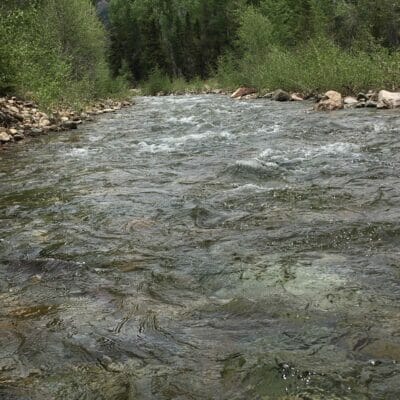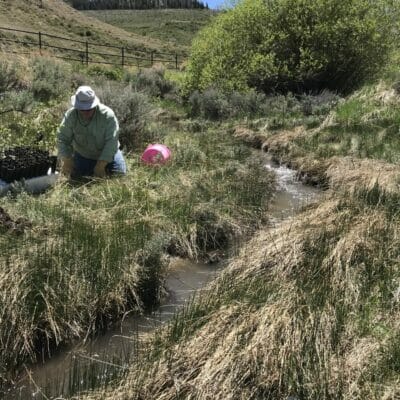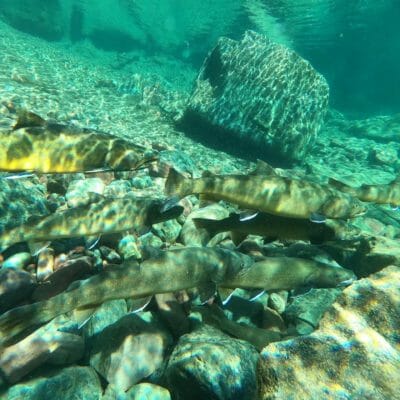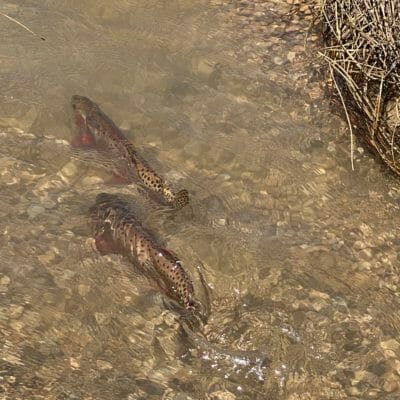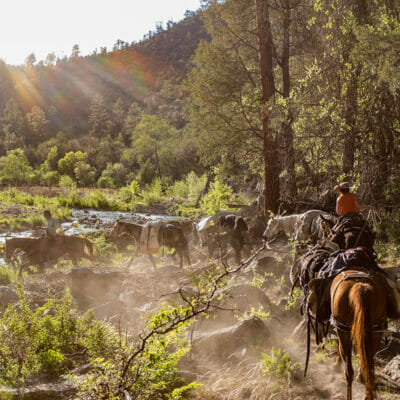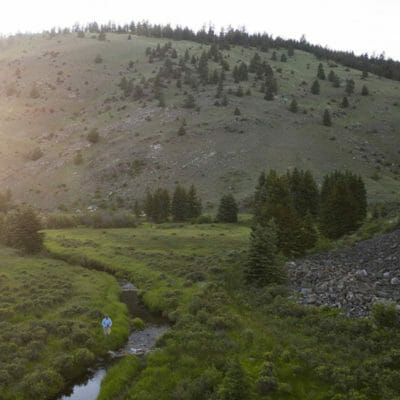After some much-needed good news on the cancer front, I grabbed my cowboy hat and 1-weight and headed out the door. It was time to celebrate and I intended on doing just that by mountain biking and fishing (sometimes combined) on my gorgeous public lands. I pulled into the spot where I hiked out last week and trekked to see what this next section…
“My hope is the information I gather can be useful to Trout Unlimited as they continue their conservation efforts, especially regarding climate change. I might even get to meet up with TU staff and volunteers along the trail to learn about what’s happening in their different projects. I look forward to reporting in on what I’m learning about the trout and all the water sheds I encounter on the CDT.”
Volunteers from the Seedskadee TU Chapter in Wyoming helped plant hundreds of trees along cutthroat trout streams in the Little Mountain region.
“Because native trout have adapted over centuries and millennia in specific environments, they are, in many cases, more likely to survive the extremes of those places. Having passed through the crucible of a specific system’s cycles of drought, flood, and wildfire a native trout species may be more hardy than non-native fish.”
It often takes years for the results of conservation work to be recognized, but sometimes it happens during the process. Such was the case on a recent project Trout Unlimited was working on with the Utah Division of Wildlife Resources in northeastern Utah.
This remote section of the Middle Fork of the Gila calls to adventurers who are willing to explore the depths of this incredible place worth permanently protecting. By Dan Roper Restoring watersheds and protecting clean water are at the heart of Trout Unlimited’s work in New Mexico. But to protect our favorite rivers and streams,…
Should New Mexicans have the right to wade, float and swim in all the state’s waterways? And if that’s the case, what does that mean for private landowners?
